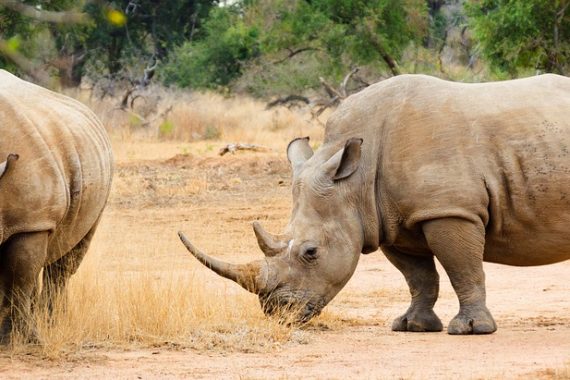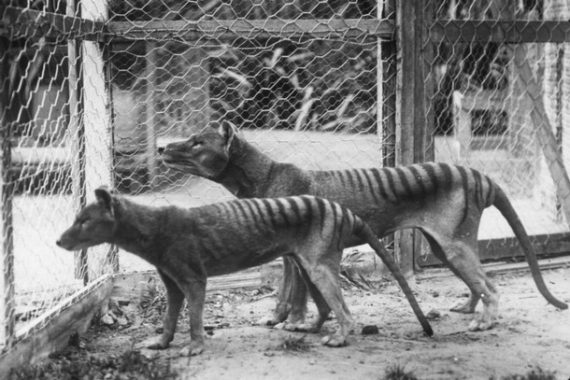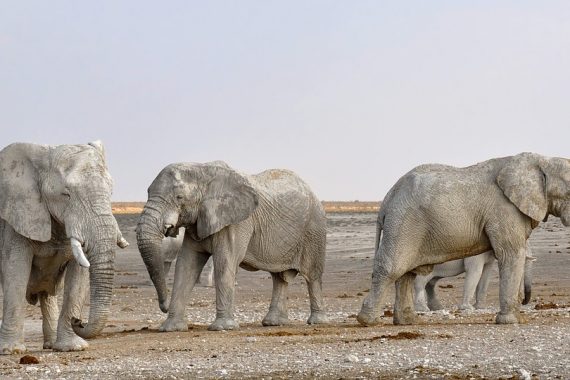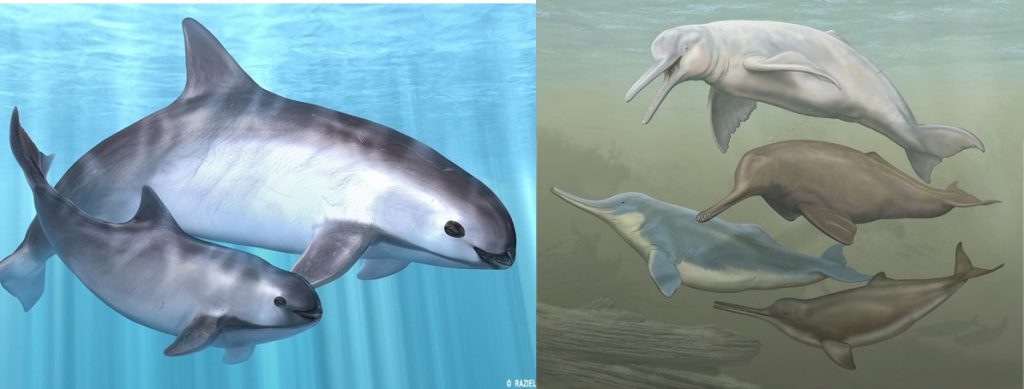 This week Chris and Angie discuss two different species. The Vaquita Porpoise is one of the most endangered mammals on the planet. With only an estimated 29 animals remaining, these porpoises are most likely headed to extinction. River dolphins are another unique aquatic mammal found in both South America and Asia.
This week Chris and Angie discuss two different species. The Vaquita Porpoise is one of the most endangered mammals on the planet. With only an estimated 29 animals remaining, these porpoises are most likely headed to extinction. River dolphins are another unique aquatic mammal found in both South America and Asia.
Porpoises and Dolphins
These aquatic mammals are called cetaceans. This group makes up whales, dolphins, and porpoises. Scientists think about 50 million years ago in modern-day India, an ungulate began to make the transition from a land mammal to one that exists only in water.
Relatives to today’s dolphins and porpoises are the even-toed ungulates. Mammals such as pigs, sheep, giraffe, and even camels are all relatives to cetaceans. The closest land mammal to dolphins and porpoises is the hippo.
There are 32 species of dolphins and only 6 species of porpoises. These two species differ with:
- Dolphins have long beaks and cone-shaped teeth
- Porpoises have small mouths and spade-shaped teeth
- Dolphins have a hooked or curved dorsal fin
- Porpoises dorsal fin is triangular
- Dolphins are skinnier than porpoises (portly porpoise)
- Dolphins are more social
Vaquita Porpoise
This species of porpoise is called the “panda of the sea.” They reside in the northernmost portion of the Gulf of California. Estimated population was 60 animals in 2016 that was reduced to approximately 30 in 2017.
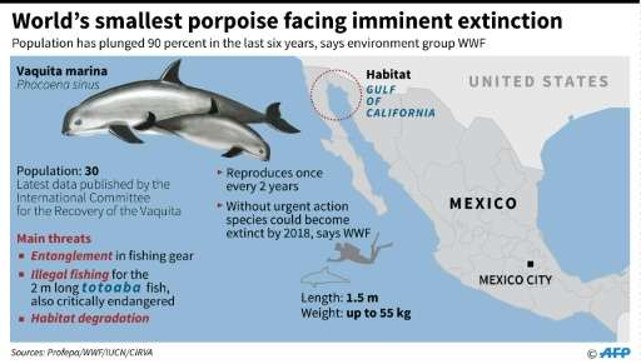
The population reduction of the Vaquita porpoise is due to the use of gill nets by local fisherman. The fisherman was using the nets to catch the totoaba fish. The swim bladder of this fish fetches up to $50,000 (US) on the black market. The Mexican government has completely banned the use of gill nets in this portion of the gulf. However, fishermen are still illegally setting their nets and thus this porpoise is heading towards extinction.
Characteristics of the Vaquita Porpoise includes:
- Smallest porpoise at 5 ft. (1.5 m) long
- Weigh 120 lbs. (55 kg)
- Dark ring around eyes and dark patches along lips
- Top is darker grey with lighter sides and underneath
- Live up to 23 years
River Dolphins
 There are now two main species of River Dolphin. The Amazon River Dolphin, or also called the Boto. Across the world there is a species of river dolphin in modern-day India, the Ganges River Dolphin. The Yangtze River Dolphin went extinct in China in the early 2000s. While these species all evolved at separate locations on Earth they share many similar physical characteristics.
There are now two main species of River Dolphin. The Amazon River Dolphin, or also called the Boto. Across the world there is a species of river dolphin in modern-day India, the Ganges River Dolphin. The Yangtze River Dolphin went extinct in China in the early 2000s. While these species all evolved at separate locations on Earth they share many similar physical characteristics.
Characteristics of River Dolphins include:
- Long toothy beaks
- Pig-eyed, with poor eyesight
- Amazon river dolphins are pink due to the sloughing of their skin over the years
- Flexible vertebrae compared to ocean dolphins, allowing the river dolphins to navigate easier in tighter spaces
- Pectoral fins are large and paddle shaped
- Amazon river dolphins are slightly larger than Ganges at 8.5 ft. (2.5 m) long and 400 lbs. (185 kg)
- Live up to 15 in wild or 30 years in captivity

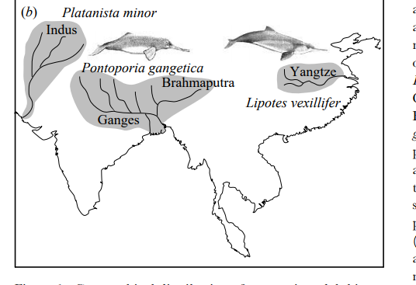
Conservation Efforts
The Vaquita Porpoise is most likely going to go extinct in the next decade. In late 2017 a team of experts from around the world attempted to capture these animals to hold in protected ocean pens. However, compared to dolphins, porpoises do not survive in captivity and thus a captured mature female died after being caught. These experts have abandoned their efforts.
The Amazon River Dolphins are listed as vulnerable and population estimates are approximately 13,000 in the wild. The Ganges River Dolphin is listed as endangered with an estimated population of 2-3,000 animals. The exploitation and pollution of the river systems is the major threat to these animals.
Organizations to Support
Whales and Dolphins Conservation River Dolphins
Amazon River Dolphin Conservation Foundation

